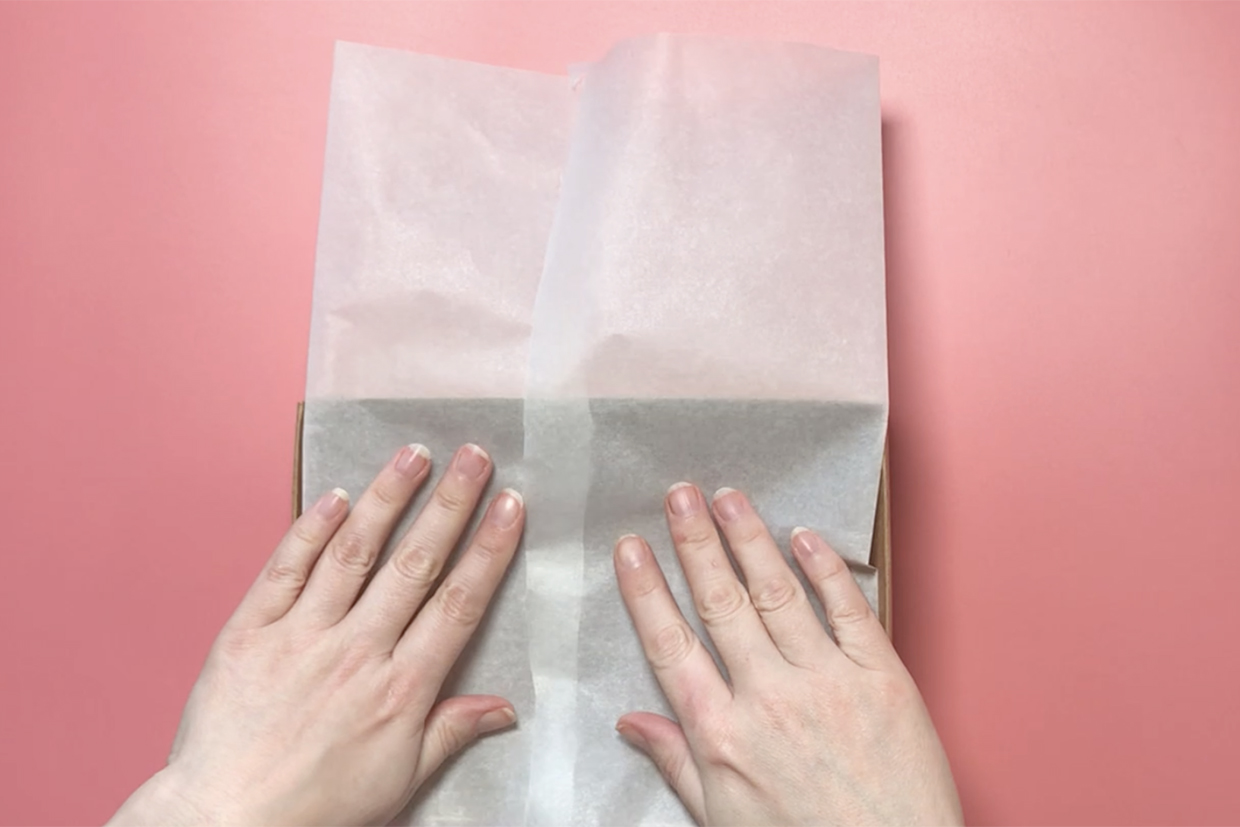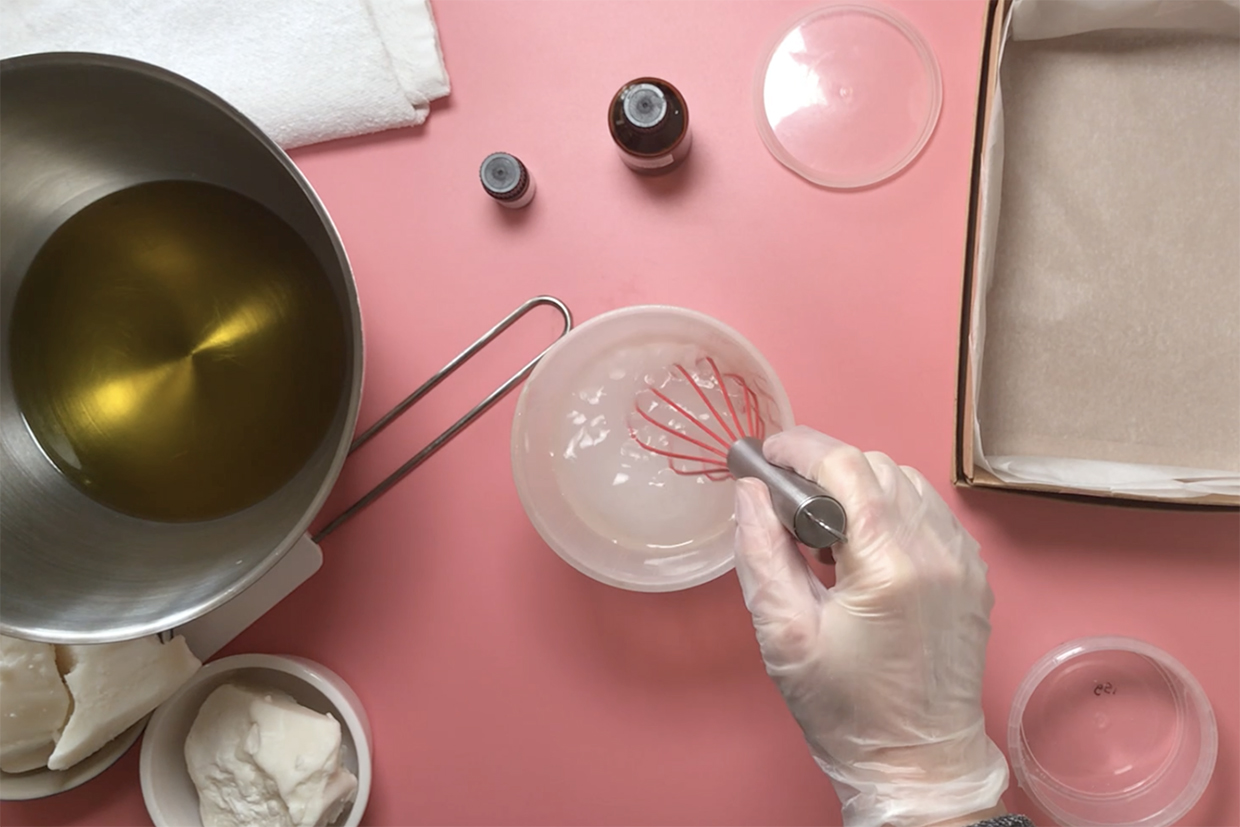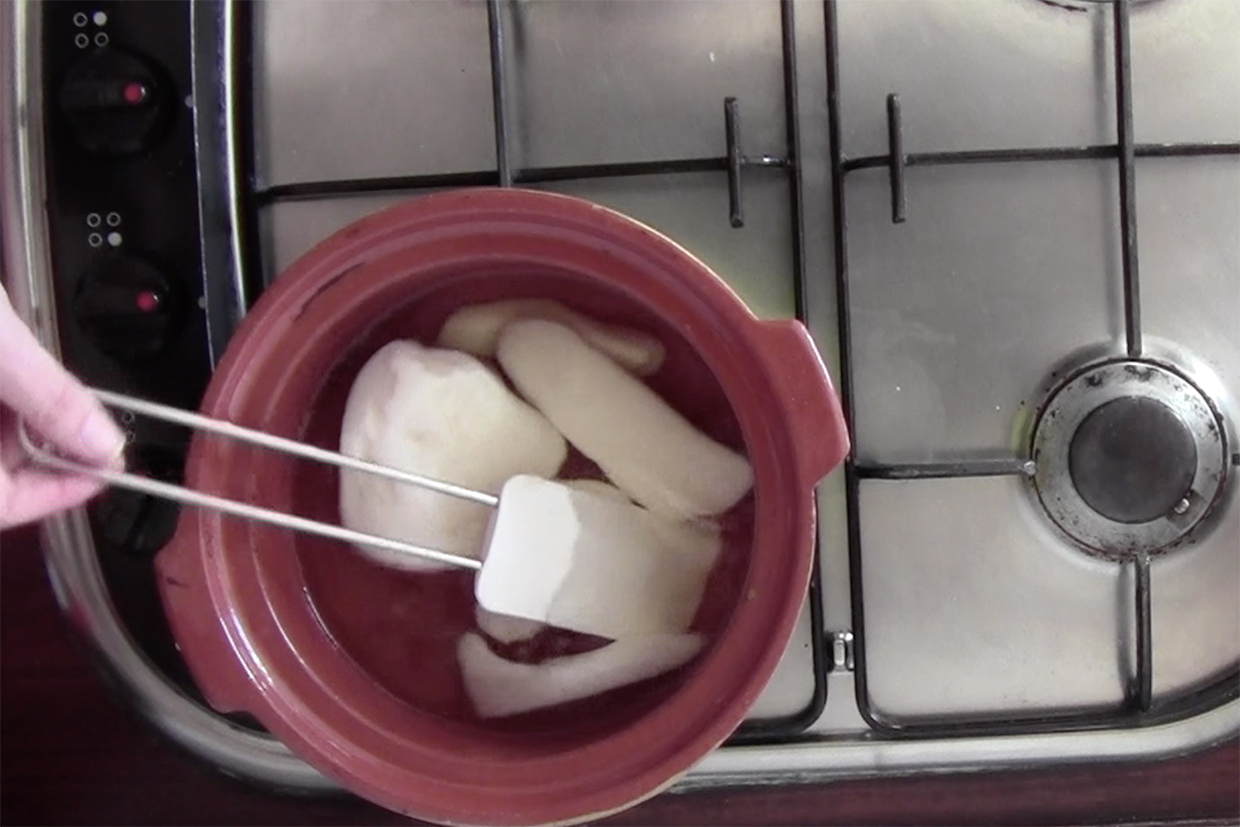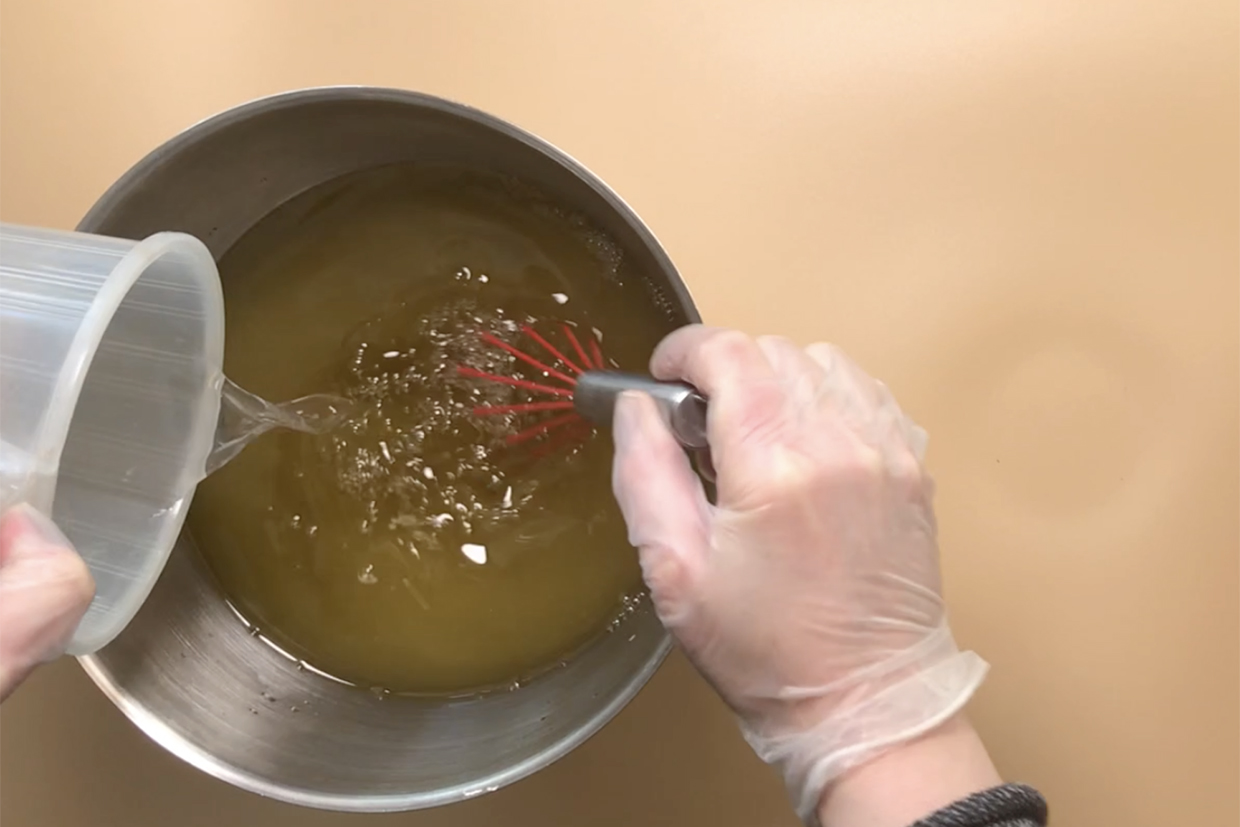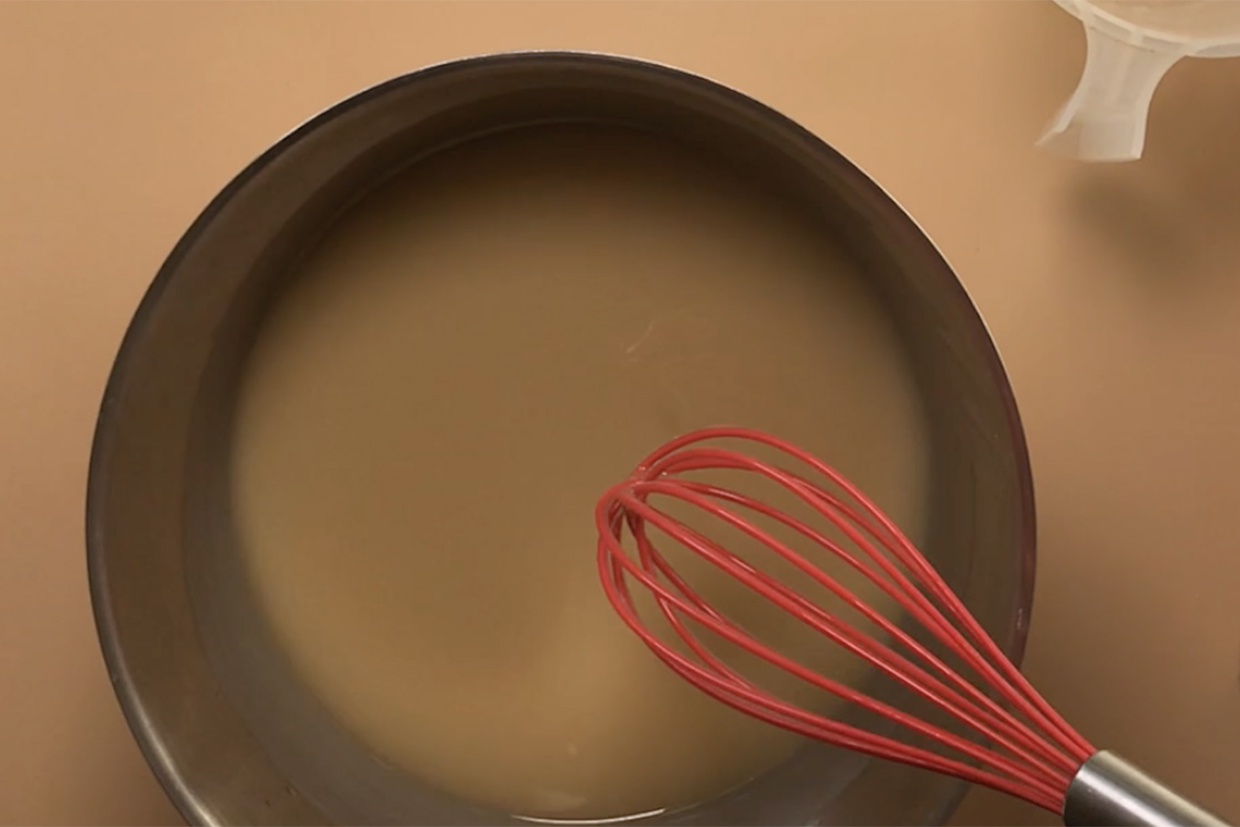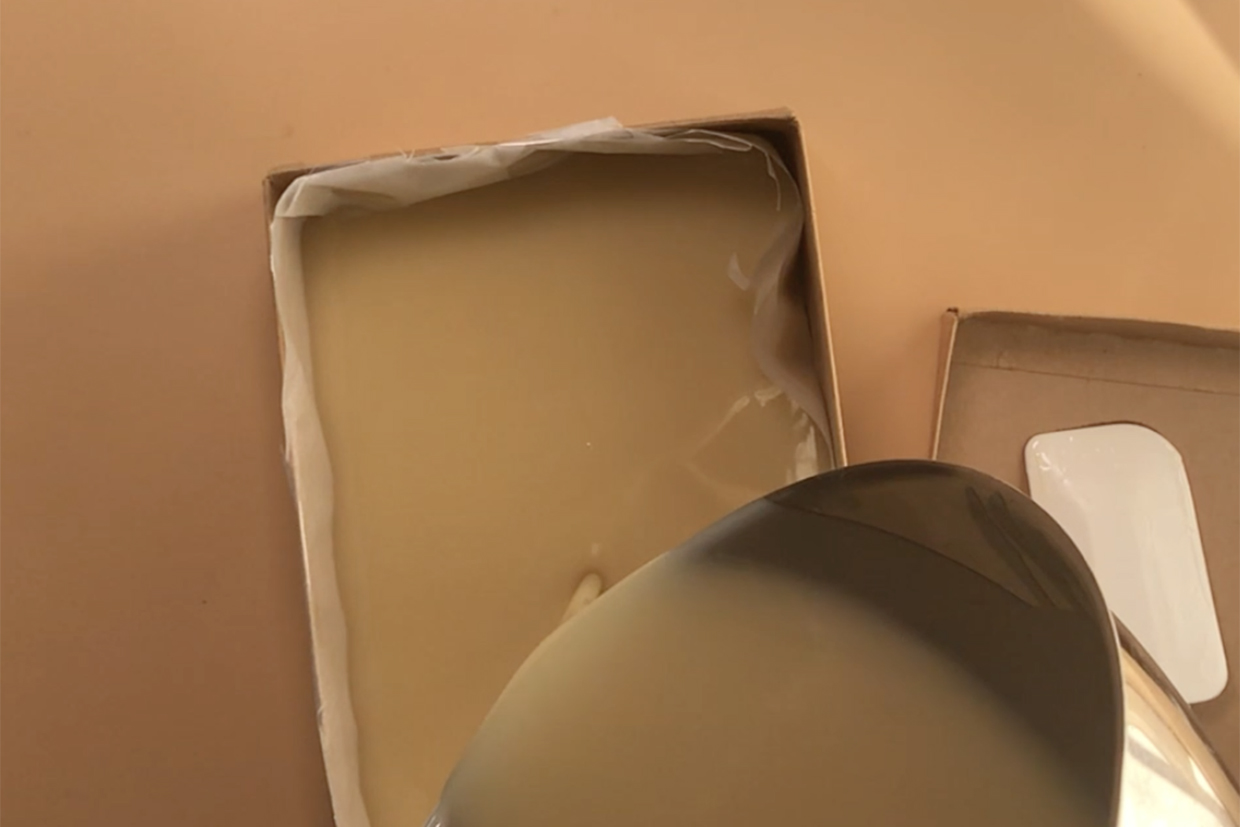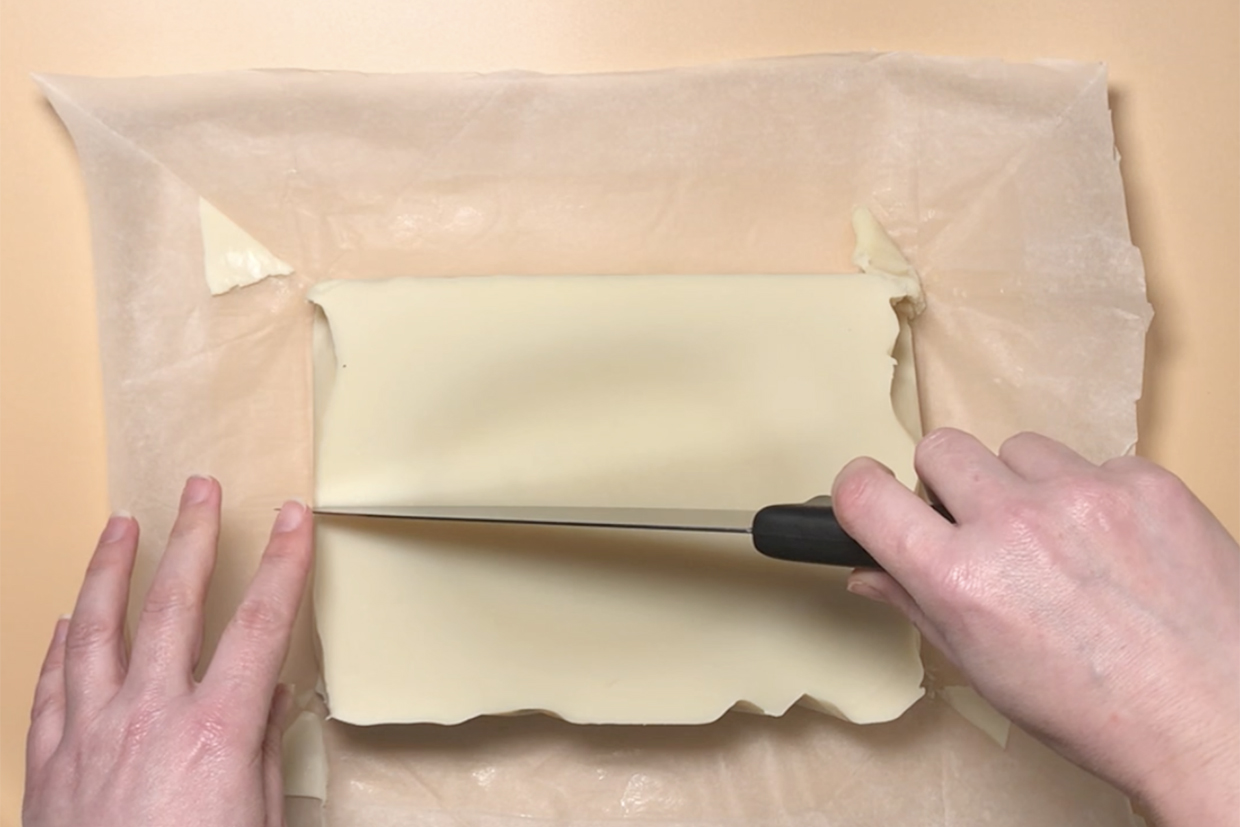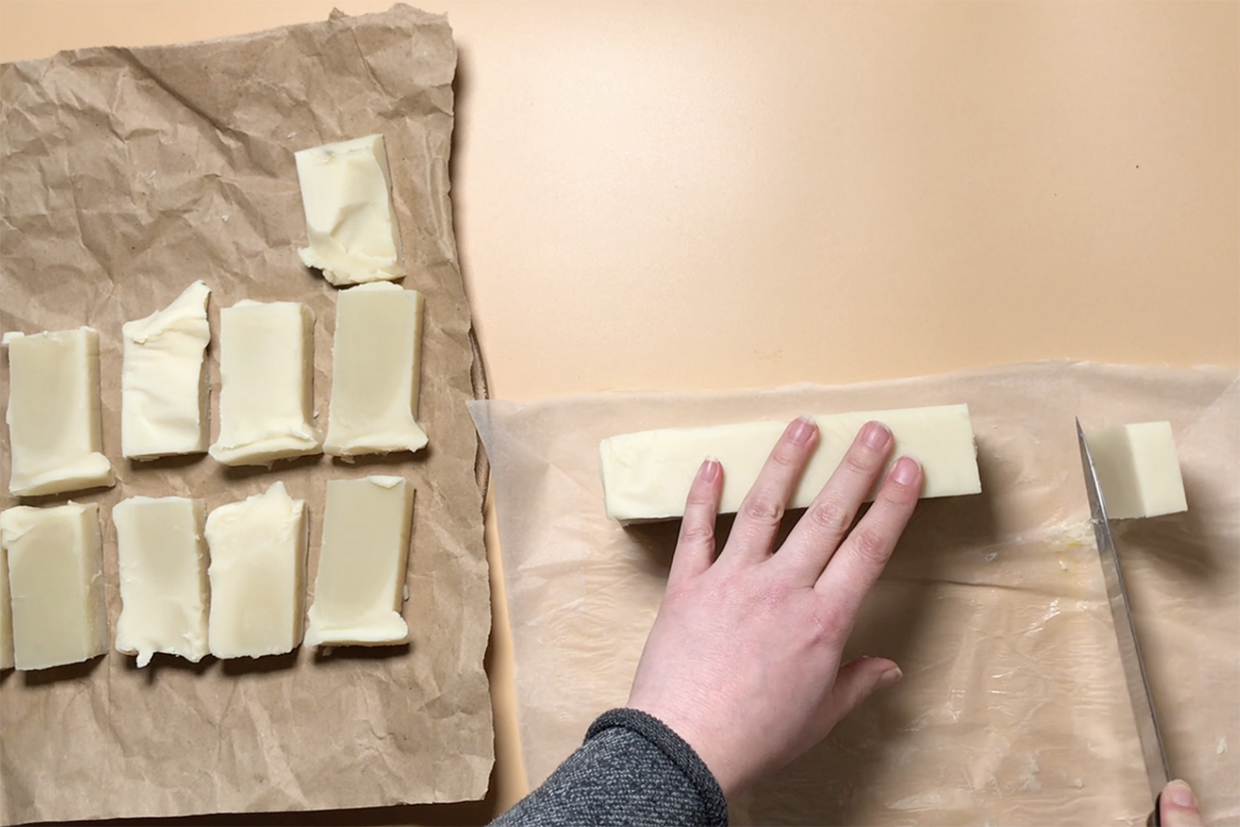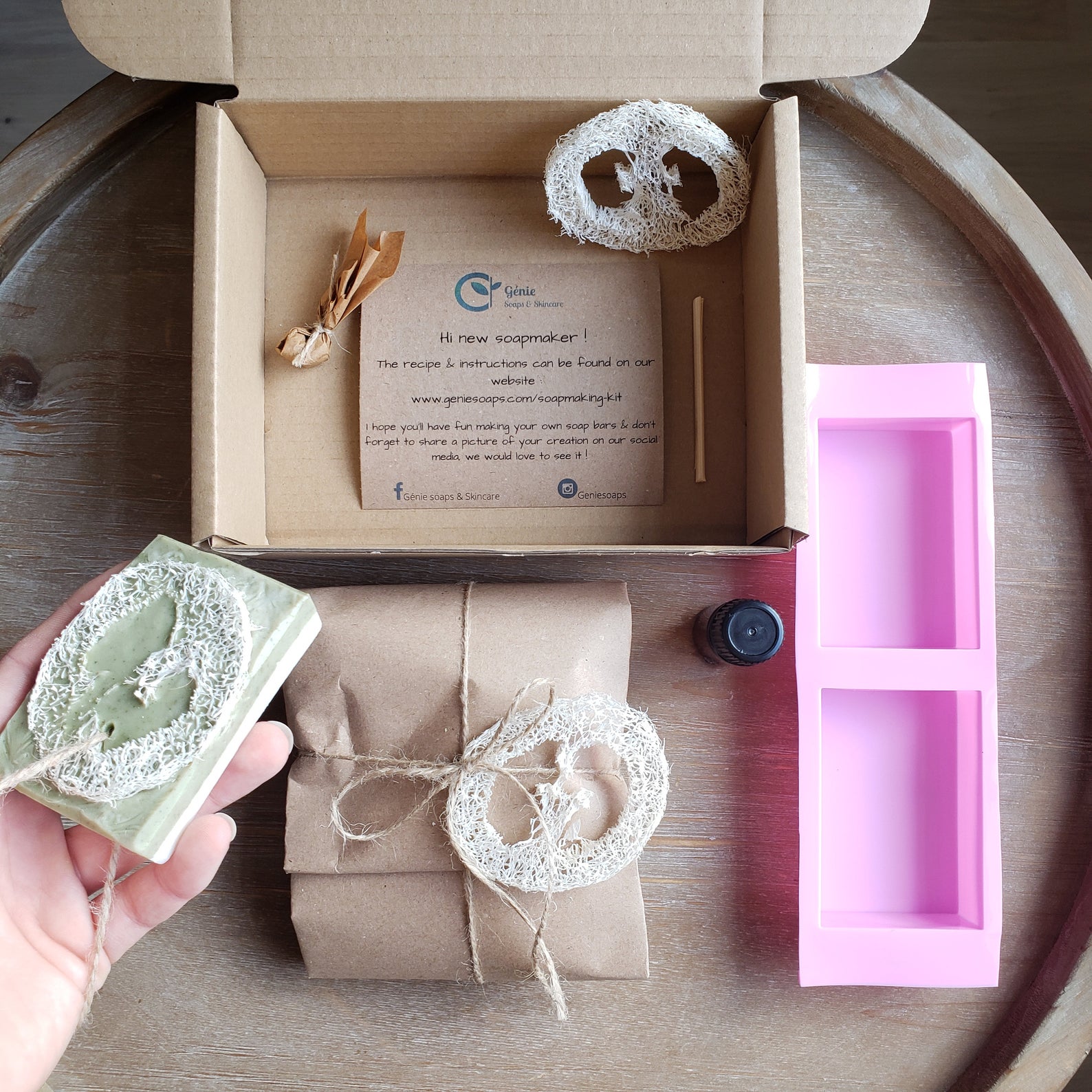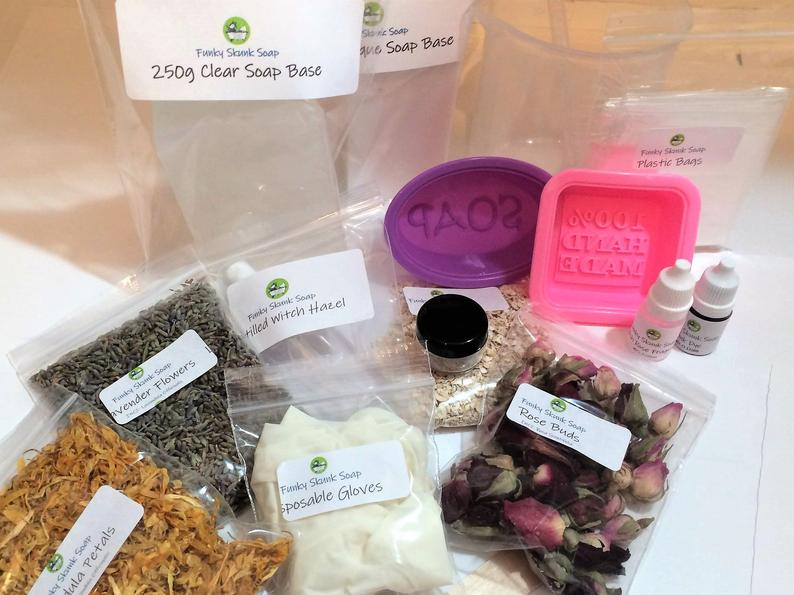Looking to take your first steps in soap making? What great idea! Use our homemade soap recipe and How to make homemade soap bars for beginners tutorial to guide through the basics of this great technique.
Natural beauty is becoming more and more popular as consumers start to care more about what goes into their cosmetics and where these ingredients come from.
Our homemade soap recipe is palm oil free and vegan so you can ensure your soap is ethical as well as being homemade. Learning how to make soap at home also helps cut packaging so its a step towards becoming plastic free!
Learning how to make soap at home means you can choose your favourite fragrances, too! Once you get to grips with how to make homemade soap bars for beginners, you can grow your skills by adding colour, marbling and augmenting with natural exfoliants too.
Ready to get started? Let's explore how to make soap at home.
Main image © Irina Krolevetc
If you like this tutorial, you might also like our sister guides for how to make wax melts and how to make bath bombs.
What are the ingredients for homemade soap?
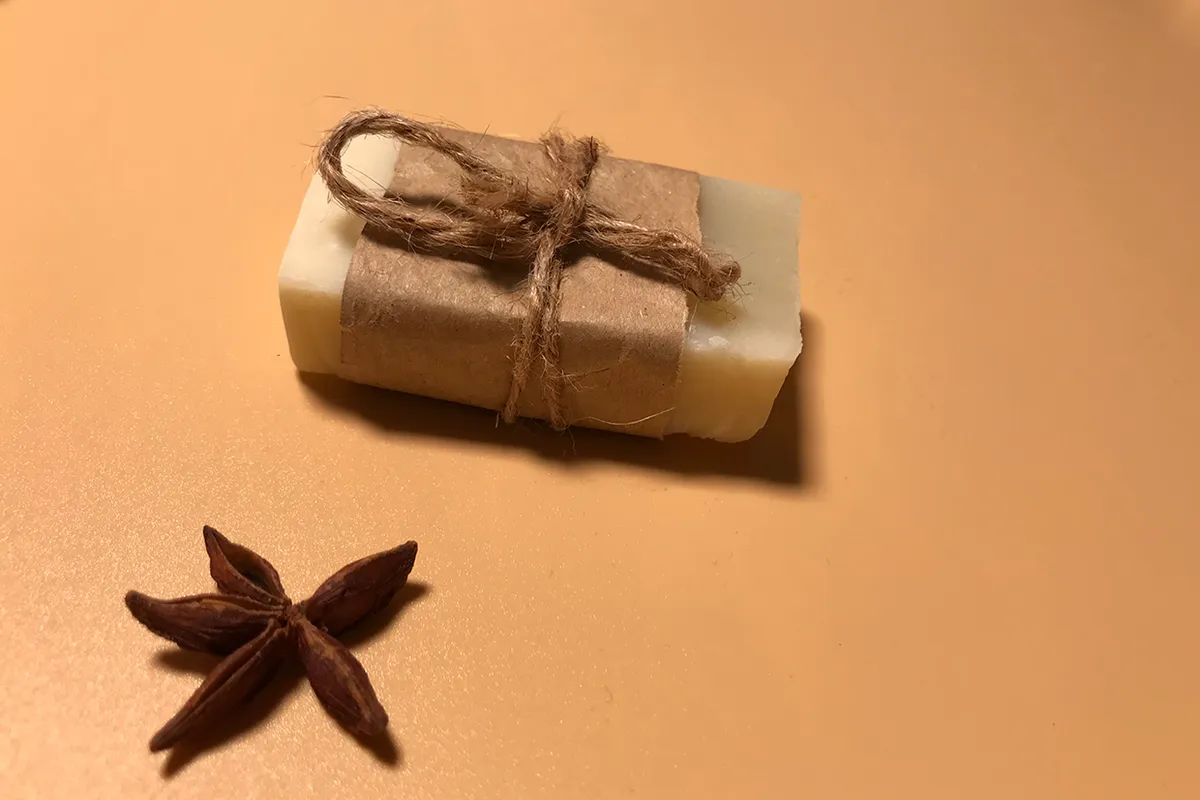
All soap is made by combining fats with lye. You can use all kind of different fats, and you can add other things to the soap to improve its moisturising properties, like goat milk powder or banana, or add oats and grains for exfoliation – but the basis of all soap will be a mixture of fat and lye.
Lye is the old fashioned word for sodium hydroxide, also known as caustic soda. To make soap, you mix the sodium hydroxide with water. This is an exothermic chemical reaction, which means it makes heat and can be quite violent. It can also give you chemical burns, so you need to take some precautions when working with sodium hydroxide. Wear gloves on your hands and cover your eyes with goggles to protect yourself from splashes. You also need to ensure you add the sodium hydroxide to water when mixing your lye, and don't add the water to the sodium hydroxide.
In our recipe, we have opted to use olive oil, coconut oil and shea butter as our fats. We have used shea butter in our homemade soap recipe as opposed to palm oil, as there are some bad environmental practices used in the production of a lot of palm oil – and shea butter is a lovely moisturising alternative!
We are also adding grapefruit seed extract to our homemade soap recipe. This serves as an antioxidant to make your soap store better, and will reduce the time you need to get your soap to trace in your homemade soap which is great for beginners. It is optional though – you can leave it out and you will still be able to make soap, it just may take a little longer.
Even when you are learning how to make homemade soap bars for beginners, we think its nice to have a lovely perfume in your soap! So we are adding an essential oil to bring a touch of luxury to our homemade soap recipe. It is much safer as a beginner to use essential oils rather than perfumes and other fragrances, as many contain alcohol and other things that can mess up your homemade soap recipe. So stick with essential oils to keep things simple while you are learning, or leave it out for an unscented soap.
Here is our video guide to How to make soap at home. If you prefer written instructions and photographs for you how to make soap at home walkthrough, you'll find this below the video
Homemade soap recipe: how to make bar soap step by step
The quantities in this homemade soap recipe will make about 1kg of soap
- 25g sodium hydroxide
- 450g olive oil
- 450g coconut oil (hard variety)
- 70g shea butter (refined)
- 20g essential oil (optional)
- 2.5g grapefruit seed extract (optional)
- 340g of cold water
Thanks to The Soap Kitchen for providing us with the ingredients we need for this tutorial.
